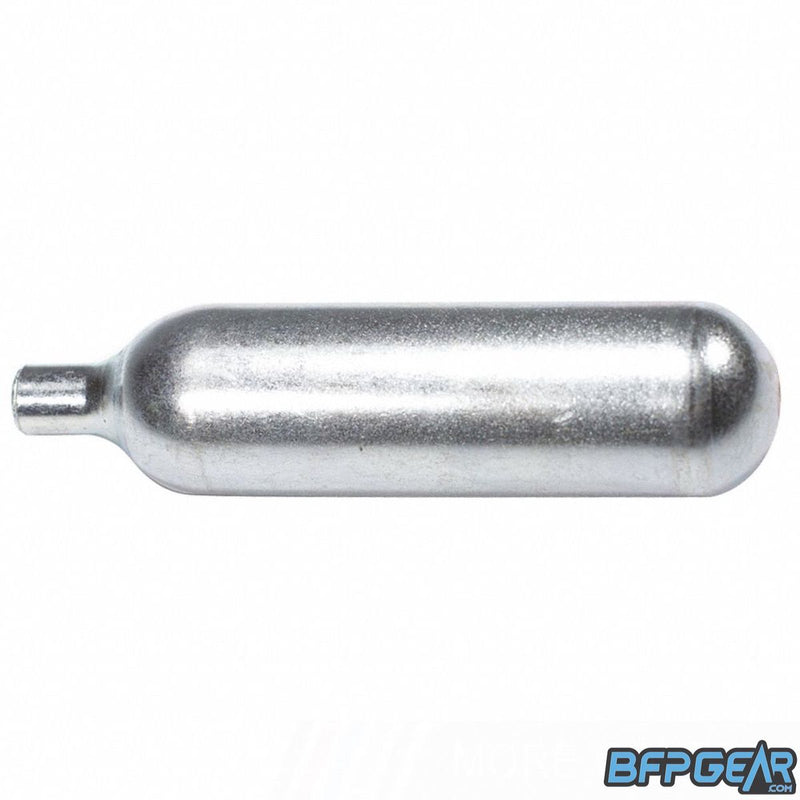When it comes to paintball, a significant choice that participants must make is finding the correct tank for their configuration. Whether Home Page gearing up for a weekend of speedball, your tank can greatly influence your performance and enjoyment. This article will delve into the two central varieties of paintball tanks—tank types: CO2 and HPA—and help you decide which is most appropriate to your playing style and needs.
Understanding the differences between CO2 and HPA tanks is essential for all players, especially those just starting out looking to choose wisely as they purchase their equipment. From consistency in operation to maintenance needs, each type of tank offers its unique pros and cons. In addition to exploring these tanks, we will also consider important features when selecting a paintball marker and how the right tank can enhance your experience during gameplay.
Whether you’re a seasoned player or just starting out, keep reading to find out how you can make the best decision for your paintball experiences.

Understanding Paint Ball Containers: CO2 vs. High-Pressure Air
In the context of choosing a paintball tank, players often find themselves discussing the choice between CO2 and HPA (high-pressure air) systems. Each type of tank has its unique characteristics that can greatly affect performance on the field. CO2 tanks are easier to obtain and commonly less expensive, making them a popular choice for beginners. They operate by converting liquid CO2 into gas, which can cause fluctuations in pressure and performance, particularly in colder weather. This variation can influence shooting reliability, particularly for more advanced players who require precision.
On the other hand, HPA tanks provide a reliable and steady output pressure, which is crucial for ensuring accuracy and reliability in gameplay. These tanks contain compressed air, allowing for consistent shots despite changing environmental conditions. HPA systems are usually preferred in tournament settings where performance consistency is of utmost importance. However, they usually have a greater price and may require additional gear, such as a regulator and remote line, which can be a factor for budget-conscious players.
Ultimately the choice of CO2 and HPA largely depends on the player's specific needs and style of play. New players may find CO2 simpler and cost-effective, while seasoned players may opt for HPA for its reliability and performance benefits. Recognizing these factors will help you make an informed decision when selecting the best paintball tank to enhance your setup.
Key Features to Consider When Choosing a Paintball Gun
When selecting a paintball gun, a key aspect to evaluate is the firing mechanism. There are primarily two types: mechanical and electronic. Mechanical guns are generally more durable and less complicated to maintain, which makes them a excellent choice for beginners. On the other hand, electronic guns offer higher rates of fire and customizable settings, appealing to players looking for speed and precision. Understanding your playstyle and preferences will assist you in decide which mechanism suits you better.
An additional important aspect is the weight and design of the paintball gun. A nimble gun can enhance mobility on the field, especially during speed-oriented play like speedball. Additionally, the comfort of the gun's design can substantially influence comfort and control. Look for features such as adjustable stocks or grips that are comfortable to hold, allowing for better aim and stability. Selecting 12 gram CO2 cartridges that suits you well during extended play is essential to improving your game performance.
Lastly, consider the accuracy and range of the paintball gun. Important features include the barrel integrity and the kind of paintballs utilized. A longer, higher-quality barrel typically provides better accuracy, while the right paintballs can enhance performance. Many guns also offer adjustable velocity settings, enabling you to tweak your shots based on the game environment. Researching and understanding these aspects will help you select a paintball gun that meets your particular preferences and boosts your overall experience on the field.
Maintenance Guidelines for Paint Ball Markers and Containers
Keeping your firearm and tank in optimal condition requires frequent cleaning and maintenance. After every game, make sure to clean your firearm by dismantling key components and wiping away any debris or paint. Pay close attention to the tube and bolt section, as these are likely to accumulation. Using a specific paintball-focused cleaner can help get rid of persistent stains and ensure that your marker functions efficiently.
For your container, it’s important to check any evidence of deterioration or damage, especially the regulator and tank surface. Frequently check the cylinder for marks or dents, which could compromise its strength. Additionally, ensure that the container's O-rings are in proper condition; swapping them as needed will prevent leaks and ensure a reliable air supply. Be visit this site right here to follow maker guidelines for hydrostatic testing, as it is vital for security.
Finally, maintaining your equipment correctly can significantly prolong its durability. Keep your firearm in a protective case when unused, and store your cylinder in a fresh, dry place away from sunlight. If you compete frequently, consider setting up a maintenance schedule to inspect both your marker and cylinder at regular intervals. This ongoing care will enhance performance and reliability, allowing you to dedicate yourself on your game.
